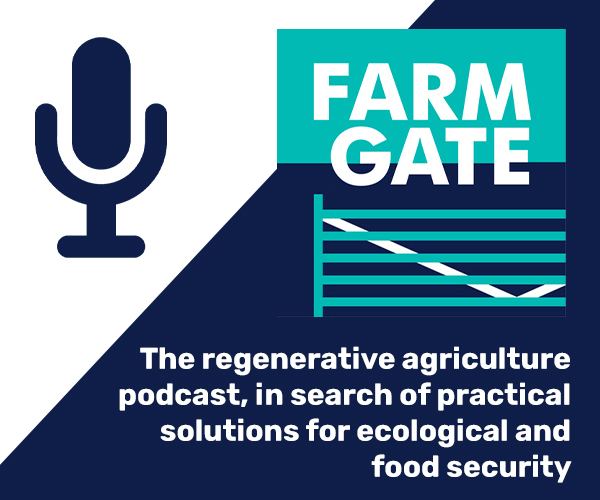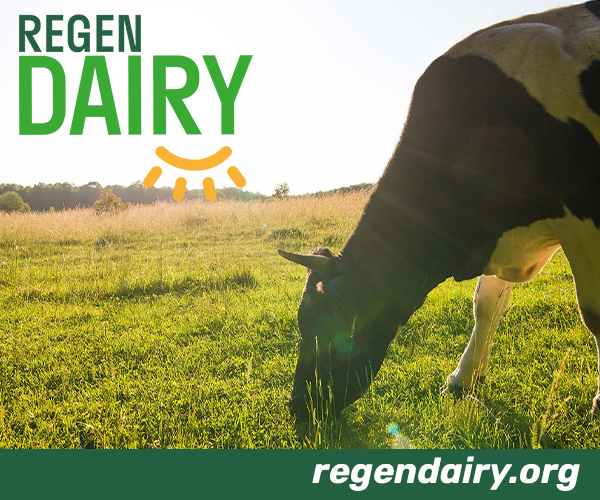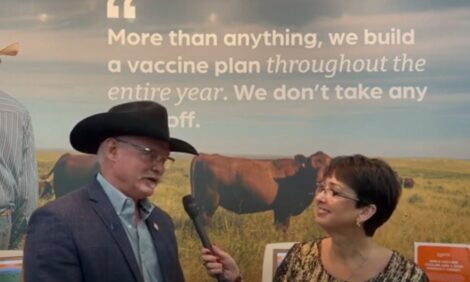



Can silvopasture work on your farm?
Learn how to integrate silvopasture into livestock operationSilvopasture is the integration of trees, livestock, and forage crops together on the same land to create dual income from timber and livestock. In recent years there has been more interest in these types of systems. Grazing livestock in wooded areas was once very common in the northeastern US.
The term silvopasture may be something that you haven't heard before. There are all sorts of grazing management terms and definitions, and this one is different yet. If you graze livestock and have wooded or semi-wooded land on your property, silvopasture may be something that could benefit your operation.
Silvopasture is the integration of trees, livestock, and forage crops together on the same land to create dual income from timber and livestock. Agroforestry is the broader term used to describe any systems that combine crops or livestock with trees and shrubs. In recent years there has been more interest in these types of systems. Increasing land costs and the need to generate more income from an acre of land is one of the reasons for this interest. Other factors include an increased interest in ecologically integrated systems within agriculture.
Grazing livestock in wooded areas was once very common in the northeastern US. Lack of management of livestock grazing in woods eventually caused foresters, conservationists, and other farm advisors to recommend keeping animals out of wooded areas. This damage can include soil compaction, poor regeneration, and damage to valuable trees.
Present day we have much better fencing equipment and materials to work with than our predecessors did. Furthermore, we have more knowledge about managing forages, trees, and livestock. Combining these factors, we can create and manage a silvopasture system that is sustainable, productive, and profitable.
Plenty of research results document the benefit of shade for cattle production. Weight gain, milk production, and conception rates all can be improved by offering shade for cattle. Silvopasture systems can provide shade without creating heavy use areas that concentrate manure deposition and create more fly issues.
If you are interested in silvopasturing you need to start with the right location. Land with adequate water available and gentle terrain works the best. It is best to avoid sensitive areas like vernal pools and wetlands.
Experts recommend that interested persons first need to have better than average knowledge of both silvoculture and grazing. Brett Chedzoy, forestry specialist with Cornell Extension, is an expert in silvopasture systems. He offers the following advice:
- Look for on-line resources. There are a number of temperate agroforestry sites with good articles and information on silvopasturing, though much of the information will need to be extrapolated to your own situation. The "Guide to Silvopasturing in the Northeast" and other silvopasture resources are currently available under the "publications" section of www.forestconnect.info.
- Develop woodlot management and animal husbandry skills, and then gradually look for ways to symbiotically combine the two systems in a context appropriate for your own property.
- Seek out local silvopasture practitioners to see what has worked for them. To ask questions and share experiences with silvopasturing, visit: www.silvopasture.ning.com
- Work with a forester who is willing to help you learn and experiment. Expect some resistance at first when you mention the word "silvopasturing", but foresters are trained to achieve landowner goals. They may lack the knowledge on the livestock side of the equation, but their expertise in vegetation and forest management will be invaluable.








